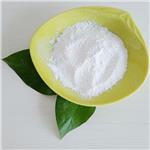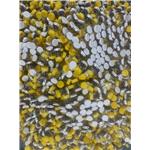Botulinum toxin
- Product NameBotulinum toxin
- CAS93384-43-1
- CBNumberCB7213096
- MW0
- EINECS297-253-4
- MDL NumberMFCD00130667
- MOL FileMol file
Chemical Properties
| storage temp. | −20°C |
| form | lyophilized powder |
| EWG's Food Scores | 1 |
| NCI Dictionary of Cancer Terms | Botox; botulinum toxin A |
| FDA UNII | PRABOTULINUMTOXIN A (0A6JH35GMQ) BOTULINUM TOXIN TYPE A (E211KPY694) |
| NCI Drug Dictionary | BOTOX |
| ATC code | M03AX01 |
Safety
| Symbol(GHS) |

|
| Signal word | Danger |
| Hazard statements | H300 |
| Precautionary statements | P264-P301+P310 |
| Hazard Codes | T+,B,Xn |
| Risk Statements | 26/27/28-36/38-22 |
| Safety Statements | 26-28-36/37-45 |
| RIDADR | UN 3172 6.1/PG 1 |
| WGK Germany | 3 |
| RTECS | ED9300000 |
| HazardClass | 6.1(a) |
| PackingGroup | I |
| Hazardous Substances Data | 93384-43-1(Hazardous Substances Data) |


